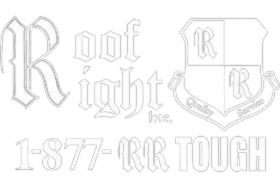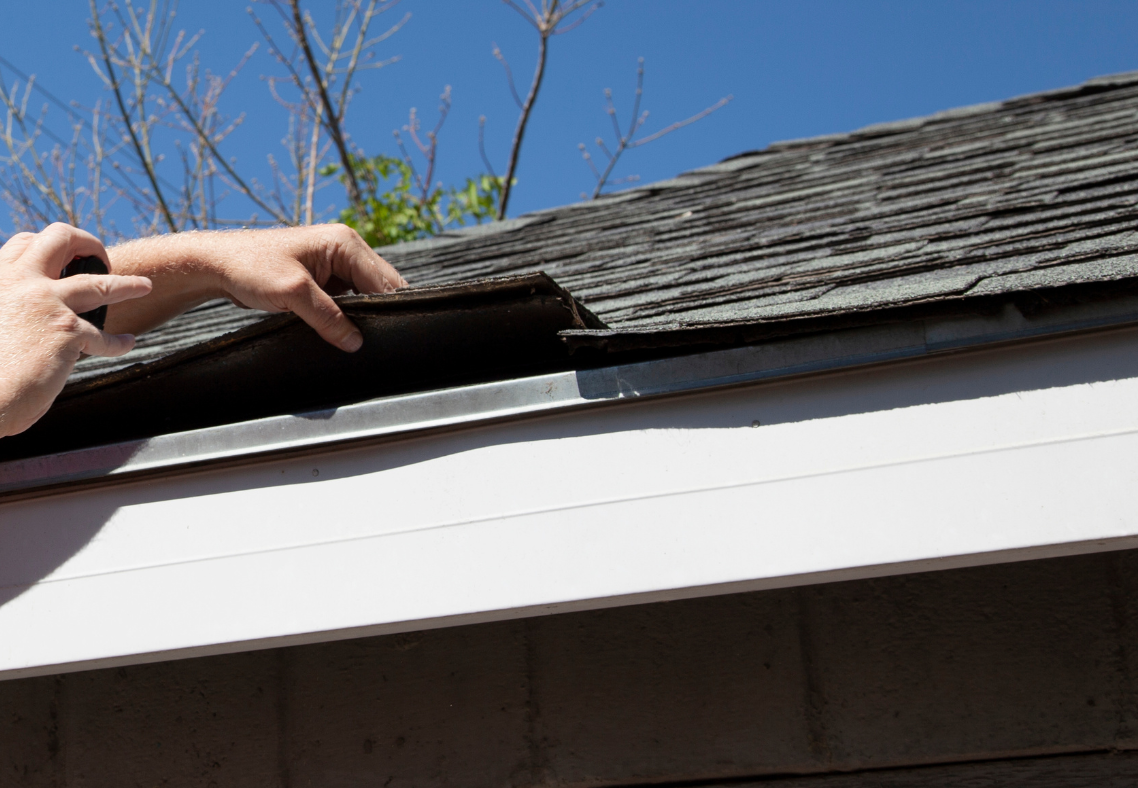What Should Be Included In A Storm Damage Roof Inspection
Roof Right: Exterior Home Remodeling Specialists in Maryland Contact UsSchedule A Free EstimateFor Maryland homeowners, storms are an unfortunate but familiar part of life. From the torrential summer downpours and occasional hurricanes that sweep through the Chesapeake Bay region to the heavy snowfalls and ice storms in winter, your roof is constantly exposed to harsh weather conditions. These storms can wreak havoc on roofing systems, causing everything from missing shingles to structural damage that goes unnoticed until it becomes a bigger problem. The best defense is a thorough and timely storm damage roof inspection, conducted by a knowledgeable and experienced roofing professional. In this article, we’ll walk you through everything that should be included in a professional storm damage roof inspection in Maryland—why each step matters, and how Roof Right can help ensure your home stays protected, safe, and dry year-round.
Answering The Question: What Should Be Included In A Storm Damage Roof Inspection
Why Storm Damage Inspections Are Essential in Maryland
Maryland’s weather can vary widely across the state—from coastal winds and flooding in Annapolis and Ocean City to snow and freezing temperatures in areas like Frederick or Hampstead. These weather extremes increase the likelihood of storm-related roof damage. Unfortunately, not all damage is obvious to the untrained eye.
A comprehensive inspection after a major weather event ensures:
- Early detection of hidden or developing problems
- Timely insurance claims with proper documentation
- Prevention of costly repairs down the road
- Peace of mind for you and your family
Now, let’s take a look at the key components that should be included in every storm damage roof inspection.
1. Exterior Roof Surface Assessment
A visual inspection of the roofing surface is the most obvious step, but also one of the most critical. Your roofing contractor will examine:
- Shingles: Checking for missing, lifted, curled, or cracked shingles that may have been dislodged by wind or hail. Asphalt granule loss, which looks like bald patches, is another red flag.
- Flashings and Seals: Around chimneys, vents, and skylights, flashings are often bent or peeled away during storms, leading to leaks.
- Nail Pops and Loose Fasteners: These may seem minor but can allow water intrusion and cause shingle movement.
- Ridge Caps and Hip Shingles: These high points of the roof are particularly vulnerable to wind uplift and hail impacts.
Inspecting these components helps determine the overall condition of the outermost layer of your roof and provides insight into how well it will perform in the future.
2. Gutters, Downspouts, and Drainage Systems
Storms can overwhelm your gutters and downspouts, especially if debris like twigs, leaves, or granules accumulate. A proper inspection should include:
- Check for Blockages or Overflows
- Look for Detached or Bent Sections
- Identify Shingle Granules in Gutters, which are signs of excessive wear and storm impact
Poor drainage can cause water to back up under your shingles and contribute to rot, leaks, or even foundation issues if left unchecked.
3. Attic and Interior Inspection
A thorough storm damage inspection doesn’t stop at the roof’s exterior. A professional contractor will also examine the inside of your home, particularly the attic space and ceilings.
What they’ll look for:
- Water stains on ceiling tiles or drywall
- Wet insulation or damp wood framing
- Mold or mildew—an indication that water has been infiltrating for some time
- Light peeking through the attic—which could mean structural gaps or punctures
Often, these interior issues are the first indicators that something is wrong up top, especially if the exterior damage is subtle or hidden.
4. Structural Integrity Evaluation
Beyond surface and cosmetic issues, a storm can weaken the core structural components of your roofing system. An inspector will assess:
- Roof Decking (the wood sheathing beneath the shingles) for signs of warping, rot, or moisture infiltration
- Trusses and Rafters to check for bowing or breaks, which can occur from falling branches or heavy snow loads
- Sagging or Uneven Rooflines, which can indicate long-term water damage or structural compromise
If these issues are left undetected, the damage can worsen over time and lead to costly repairs or complete roof replacements.
5. Chimneys, Skylights, and Roof Penetrations
Any area where your roof is penetrated—such as a vent pipe, skylight, or chimney—is especially susceptible to storm damage. These areas are typically sealed with flashing, which may peel away or degrade under high wind or rain.
A professional inspection includes:
- Sealant and flashing condition checks
- Examination of mortar and chimney caps
- Assessment of skylight glass and seals for cracks or displacement
If these areas are neglected after a storm, leaks and moisture intrusion can quickly follow.
6. Photographic Documentation and Damage Reporting
For insurance claims, documentation is everything. A professional inspector will:
- Photograph all visible and suspected damage
- Provide written notes with details of each issue
- Use drone imaging or chalk markings to highlight and record hard-to-see or subtle problems
- Create a damage report, outlining recommended repairs, costs, and urgency
This report is invaluable when submitting a claim to your homeowner’s insurance provider and can expedite the approval process.
7. Storm Damage Insurance Assistance
A trusted Maryland roofing contractor won’t just inspect and repair your roof—they’ll also help you navigate the insurance claims process. At Roof Right, we work directly with homeowners and adjusters to ensure:
- All damage is properly documented
- The scope of repairs meets industry standards
- You get the compensation you deserve under your policy
This peace of mind is especially important during the stressful aftermath of a major storm.
Contact Roof Right for Storm Damage Roof Repair Services in Maryland
If your Maryland home has been hit by a storm—whether from heavy wind, hail, or ice—it’s important not to delay your inspection. Roof Right, based in Hampstead, MD, has decades of experience providing comprehensive storm damage roof inspections and repairs for homeowners across Carroll County, Baltimore County, and the surrounding areas. Our expert team will thoroughly assess your roof, identify both visible and hidden damage, and provide you with a detailed action plan. We’ll also help you navigate the insurance claims process, making sure you get the coverage you’re entitled to. Whether you need minor repairs or a full roof replacement, we use only the highest quality materials and industry-approved techniques to restore your roof’s integrity. Don’t wait until a small leak becomes a major problem. Contact Roof Right today to schedule your professional storm damage roof inspection and protect your home for years to come.
Areas We Serve
If you're looking for a roof contractor in Maryland, give Roof Right a call today at (410)-374-5923 to schedule an appointment!
Carroll County
Howard County
Clarksville, Columbia, Elkridge, Ellicott City, Fulton, Jessup, Laurel, Woodstock
Montgomery County
Baltimore County
Baldwin, Bradshaw, Carney, Cockeysville, Glen Arm, Hunt Valley, Jacksonville, Kingsville, Lutherville, Nottingham, Overlea, Owings Mills, Parkton, Parkville, Perry Hall, Phoenix, Pikesville, Reisterstown, Sparks, Timonium, Towson, White Marsh

